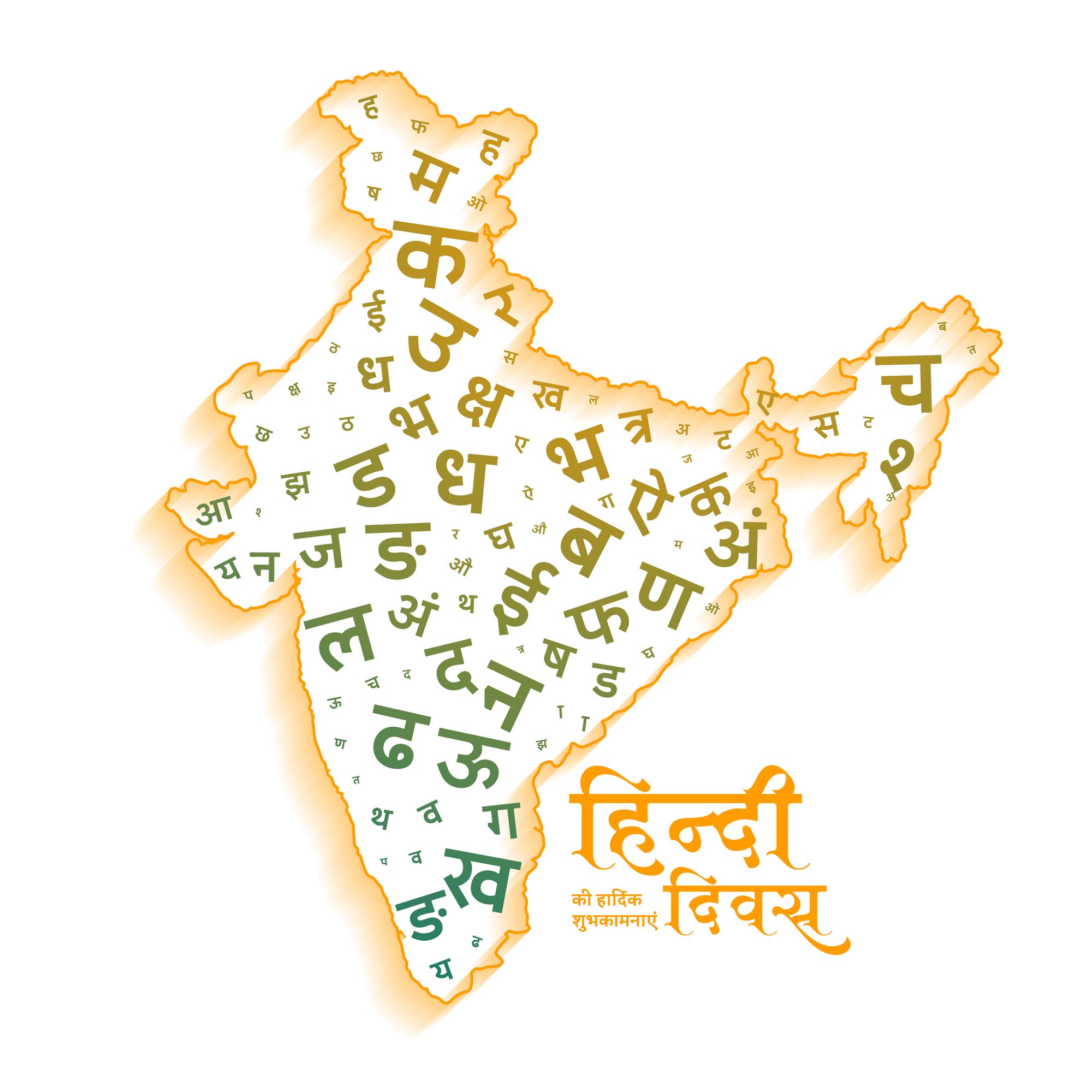Top 5 Reasons Why Voicebots are Challenging in India
Voicebots, powered by artificial intelligence (AI) and natural language processing (NLP), have the potential to transform customer interactions in India. However, several unique challenges need to be addressed to make voice bots effective across the country's diverse landscape. Let's explore these challenges through relatable scenarios and technical insights.
1. Linguistic Diversity: Navigating Multiple Languages and Accents

Scenario: Shivaraj, a tailor from Karnataka who speaks fluent Kannada, uses a voicebot to know why he is charged penalty on his loan. Raju, a mobile service shop owner from Hubli calls for same reason, but expresses it in completely different way. Anubhan, a shopkeeper in Tamil Nadu, will prefer to interact in Tamil. Each language comes with its unique dialects and varies in accent every hundred kilometers.
Technical Challenge: A natural language processing (NLP) engine needs to handle multiple languages and accents accurately. For instance, in North India, a "loan" might be pronounced as "lawn," while in Maharashtra and Gujarat, "balance" might sound like "byalens." The Speech-to-Text (STT) systems must be trained on diverse datasets to recognize and interpret these variations accurately. Text-to-speech (TTS) systems also need to produce natural and understandable responses in multiple languages.
2. Cosmopolitan Language: Handling Mixed-Language Queries
Scenario: Anand, a small business owner in Mumbai, often switches between Hindi and English during conversations. He might ask the voicebot, "Madam, mere loan par interest rate kitna hai" blending both languages seamlessly.
Technical Challenge: Voice bots must be capable of interpreting mixed-language queries, a common occurrence in India. The NLP engine must detect language switches within a single sentence and maintain context. This requires sophisticated language models trained on code-switched data to understand and respond accurately.
3. Telecommunication Constraints: Overcoming Limited Bandwidth

Scenario: An outbound voicebot for payment collection calls Vishal in a busy market to check if he can pay the pending amount within 2 days. However the bot can barely make out the poorly transmitted repsonse from Vishal.
Technical Challenge: Voice bots rely on consistent and clear audio input to function effectively. In Telephony, even today the sampling rate is 8kbps. When you listen to any person on your mobile phone, they sound very different. When you speak to Siri, Alexa or any other smart device, the usual sampling rate is 64kpbs. Optimizing voice bots to work efficiently using low sampling rate is crucial.This includes implementing robust error correction and signal processing techniques to handle noisy and incomplete data.
4. Organizational Readiness: Integrating CRM Systems and Ensuring Data Accuracy

Scenario: A debt collection bot tries to reach Shubrath to ask him to make a payment, since the due date is over long time back.However the phone number in CRM is not up to date. The alternative numbers are not captured right.
Technical Challenge: Voice bots must be integrated with Customer Relationship Management (CRM) systems that contain accurate and up-to-date customer information. Ensuring seamless integration and data synchronization between voice bots and CRM databases is vital. The NLP engine also needs to securely access and process this data in real-time to provide personalized responses.
5. Volatile Signal Strength: Navigating Unstable Connectivity

Scenario: Priya, who owns a boutique in Gujarat, uses a voice bot to check her transaction history but faces challenges due to fluctuating signal strength, leading to interruptions in the conversation.
Technical Challenge: Volatile signal strength can significantly impact the effectiveness of voicebot interactions. Users may experience dropped calls, interrupted communication, or poor voice quality. Voice bots must be designed to handle these fluctuations by incorporating advanced error correction algorithms and maintaining session continuity despite connectivity issues.
Conclusion: Overcoming Challenges for a Brighter Future
Voice bots hold immense potential to transform customer interactions in India, but addressing the challenges of linguistic diversity, mixed-language usage, telecommunication constraints, organizational readiness, and infrastructure limitations is crucial. By leveraging technological innovations in STT, TTS, and NLP, and improving infrastructure and data integration, India can unlock the full potential of voice bots, making them a valuable tool for all.